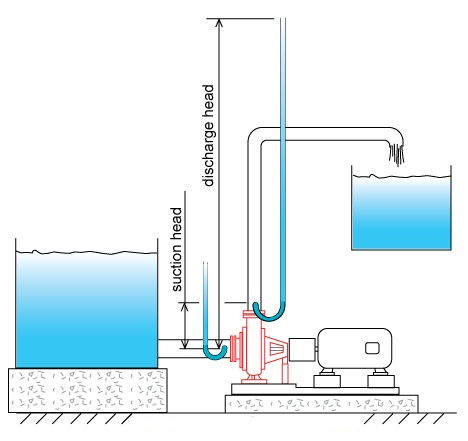Head Loss
The head loss which takes place in pipes is reliant on the flow velocity, pipe length & diameter, and a friction factor depends on the roughness of the pipe and the Reynolds number of the flow. The head loss which takes place in the components of a flow path can be associated to a piping length which would cause an equal head loss.

The Head loss is a measure of the reduction in the total head (i.e., sum of elevation head, velocity head and the pressure head) of the fluid as it moves via a fluid system. Head loss is inevitable in real fluids. It is present since of: the friction among the fluid and the walls of the pipe; the friction among contiguous fluid particles as they move associative to one another; and the turbulence caused whenever the flow is forward or affected in any way by such components as piping entrances and pumps, exits, valves, flow reducers, and fittings.
Frictional loss is that piece of the total head loss which takes place as the fluid flows via straight pipes. The head loss for liquid flow is directly proportional to the length of pipe, the square of the liquid velocity, and a word accounting for fluid friction termed as the friction factor. Head loss is inversely proportional to the diameter of the pipe.
